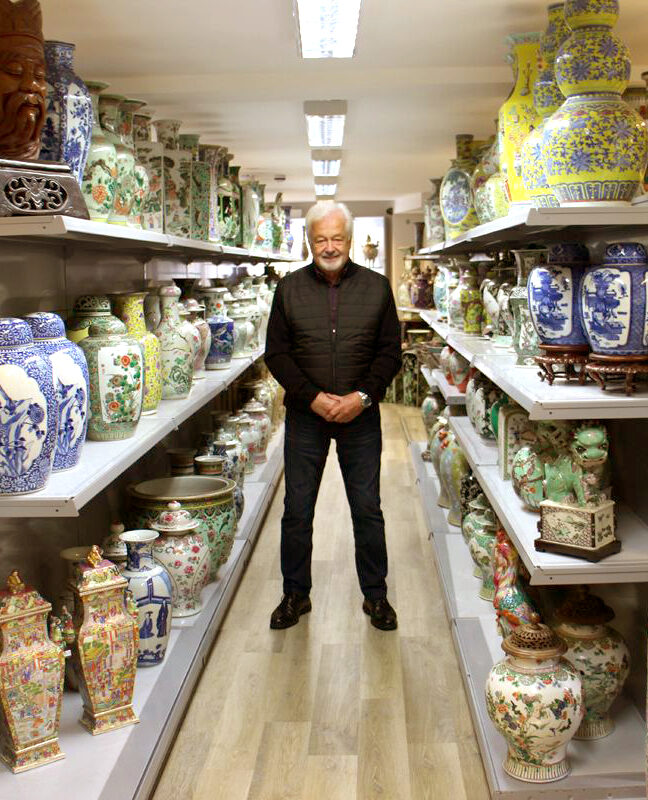Cultural curiosity and an enterprising spirit, evident from a young age, drove Kevin Page to become one of the world’s leading dealers of – and authorities on – Chinese and Japanese antiques. “I started dabbling in my late teens in a wide range of genres, not just Oriental ones but anything I thought would sell, from European pieces to silverware,” he recalls, casting his mind back to the years before he opened his first shop in Winchmore Hill in Enfield, north London in 1968 after quitting his job as a travel agent. Page met his future wife and business partner Maureen around this time.
“We regularly trawled Bermondsey Market in South London on Fridays, then crossed town to Portobello Road on Saturdays,” he says. Antiques-hunting back then wasn’t for the faint-hearted. “We’d be up before dawn, travelling up and down the country, scouring markets, visiting local dealers. I gradually gravitated towards Oriental art because I could see how exceptional it was – and how well it sold.”
In 1972, the couple relocated to the charming, characterful Camden Passage in Islington, North London – then a key epicentre of antique dealers – where they opened their shop, Kevin Page Oriental Art. “Back then, some 350 dealers operated in and around this little corner of Islington. On market days – Saturdays and Wednesdays – coachloads of dealers, collectors and antiques enthusiasts would come looking for bargains. We’d often open our doors in the morning to find customers queuing to see what we had to offer.” In 1984, Kevin and Maureen bought 2-4 Camden Passage (formerly a restaurant).
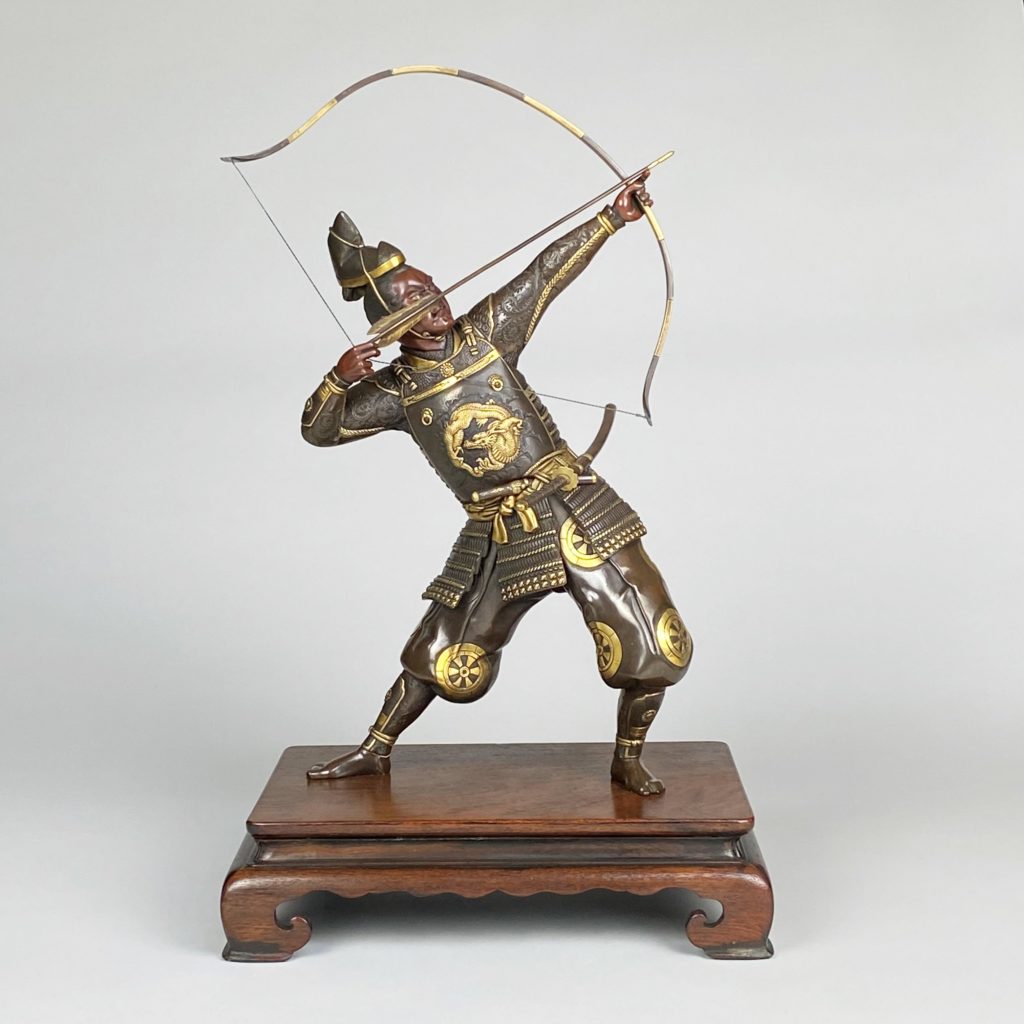
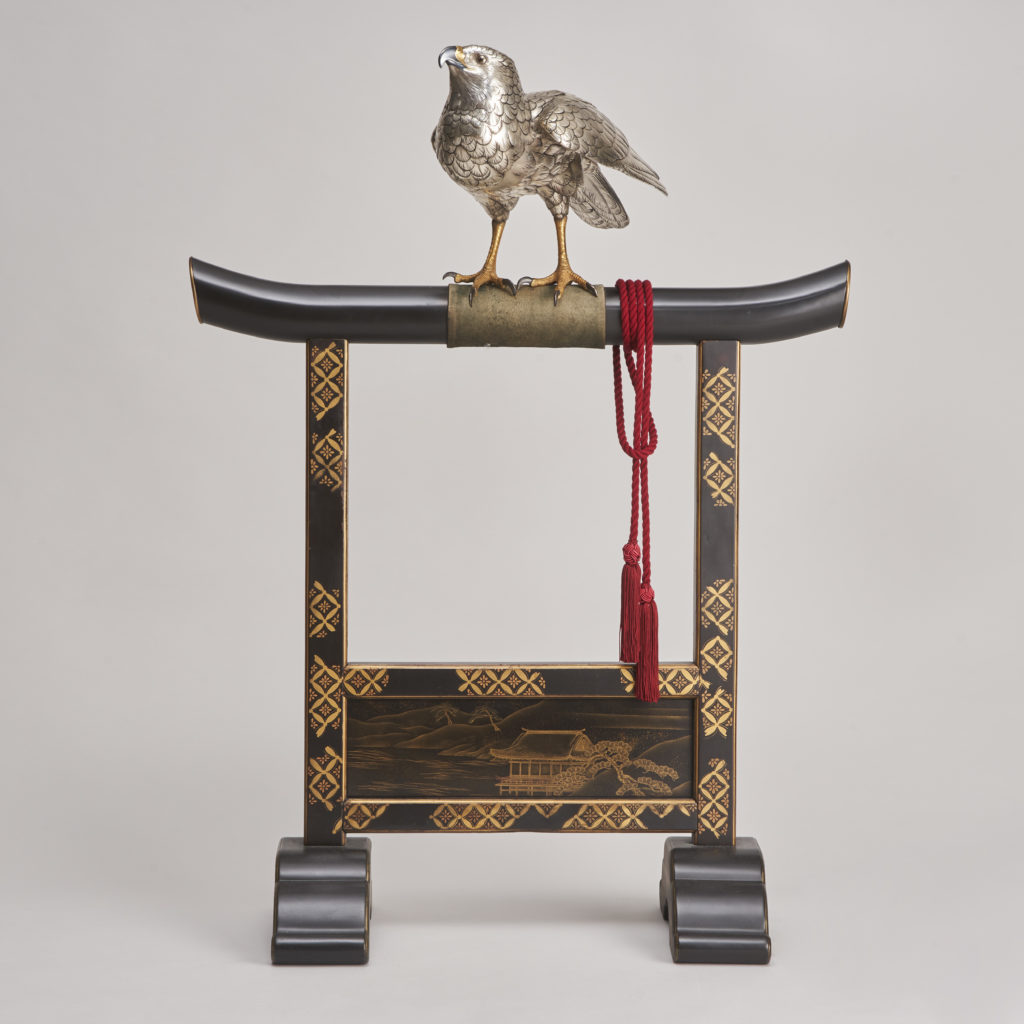

Some dealers might have avoided specialising in artefacts from the far-flung Far East since this required learning about unfamiliar artistry and skills practised by a non-Western culture. But Page invested time and effort in learning about these finely crafted pieces, doing so in a non-academic fashion. “My education was in the field: in my opinion, the best way to learn about Oriental art is to see a piece, pick it up, hold it. That’s better than text-book learning,” he says. More recently, he has travelled to China and Japan.
“My education was in the field: in my opinion, the best way to learn about Oriental art is to see a piece, pick it up, hold it” – Kevin Page
Asked to pinpoint why he is passionate about Oriental antiques, he highlights the fine workmanship and flair of Japanese items in particular. “The craftsmanship, detail and imagination of work from Japan’s the Meiji period (1868-1912) – made during the reign of Emperor Meiji, who opened the country’s doors to the West after centuries of it being a closed, feudal society – is exceptional. We sell many examples of these,” he says.
Since armoury was no longer required during this period, the emperor instructed the craftsmen that had made it to adapt their skills to creating beautiful art and furniture that would be the envy of the world. “A lot of Meiji works were made for the European market,” continues Kevin. “The same applies to many of the Chinese ceramics and furniture we stock. These came from stately homes and well-to-do townhouses in the UK, France and US before making their way to us.”
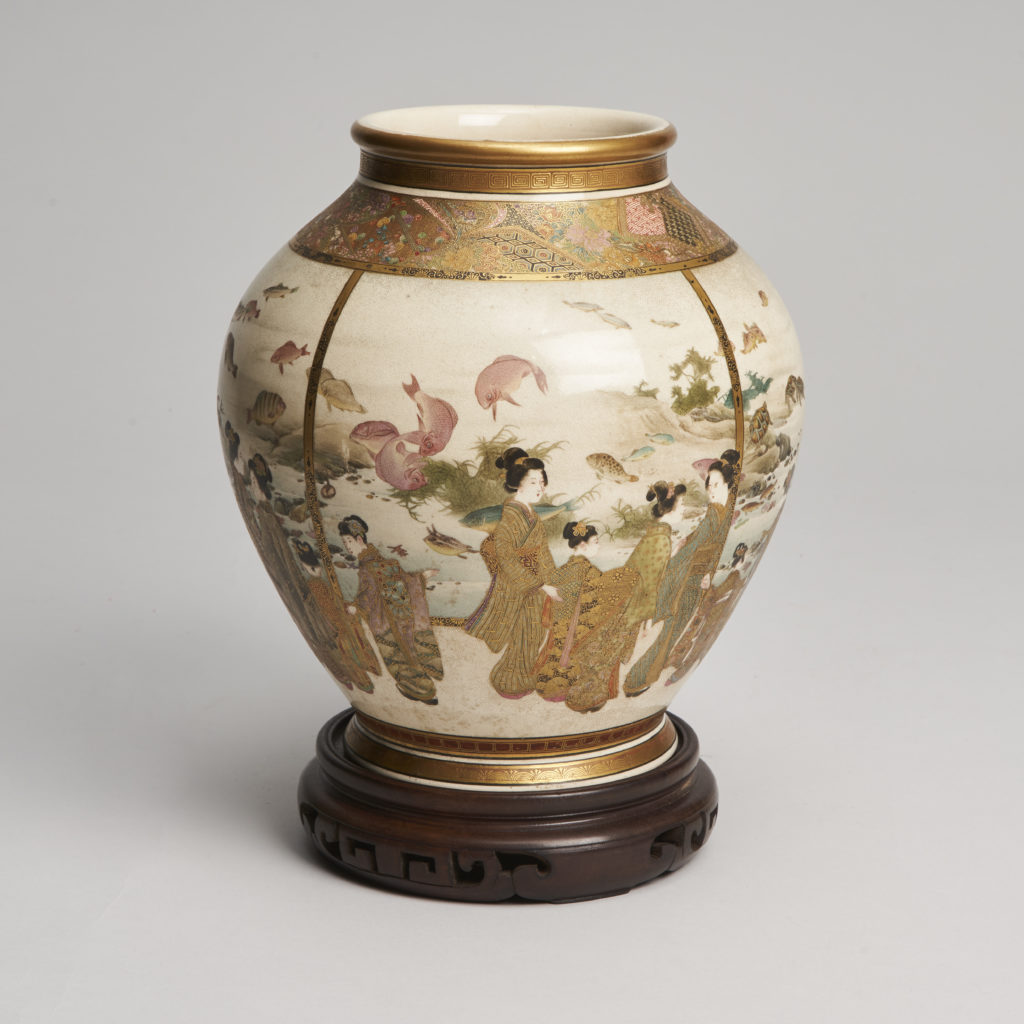
Such finesse, he adds, is also evident in a particular category of wares he sells – miniature Satsuma pieces, a type of Meiji-era pottery. “It’s hard to imagine how the fine painting on these was achieved. The same goes for the detail in the best Meiji-period metalwork when you consider that artisans only had access to simple tools at the time. It would almost be impossible to recreate a lot of this work now as the knowledge and skills involved have vanished. Crafts such as creating patinas, alloys and certain colours and cloisonné techniques have been lost.”
Yet an upside of this is that there’s never been a forgery market for Meiji art as no one has the skill set to produce convincing replicas.
Particularly sought-after pieces in the shop include exquisitely crafted Japanese metalwork and bronze items. These often take the form of lifelike animals, from oxen to tigers, or dynamic human figures, such as Sumo wrestlers or Samurai warriors. Metalwork also extends to wall panels and vases adorned with flying cranes. Also popular, particularly among interior designers, is Chinese blue and white porcelain.
But there are fashions in Oriental art, Page points out. “Back in the 1970s and 1980s, Japanese Imari ware [porcelain made for export] and Chinese Canton ceramics were highly coveted, especially in the US. Today they are less sought-after, but this can be positive as it means you can pick up a good Imari piece at a bargain price.”
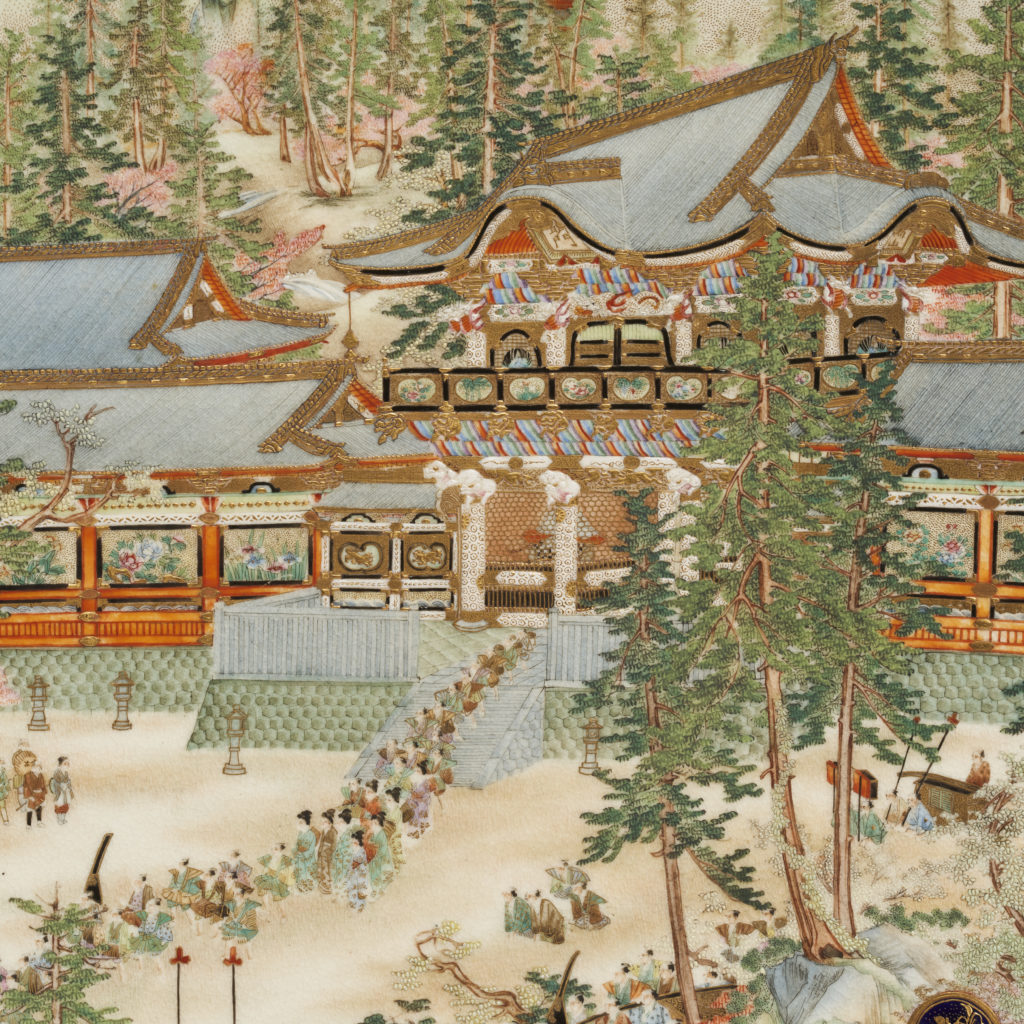
The shop has weathered crises, too. In 2016, a nearby water pipe burst in the night, flooding the shop and surrounding area. “It was catastrophic,” remembers Page. “It was heart-breaking to see historically and culturally important ceramics, many of them irreplaceable, destroyed. Our shop, now sub-let to a vintage clothing boutique, had to be refurbished, and soon after we moved to our current premises on 7 Pierrepoint Row, around the corner.”
The passage (now less filled with antique shops but still known for its twice-weekly antiques market and many hip independent boutiques, restaurants and hair salons) is back in business, despite the challenges posed by the pandemic.
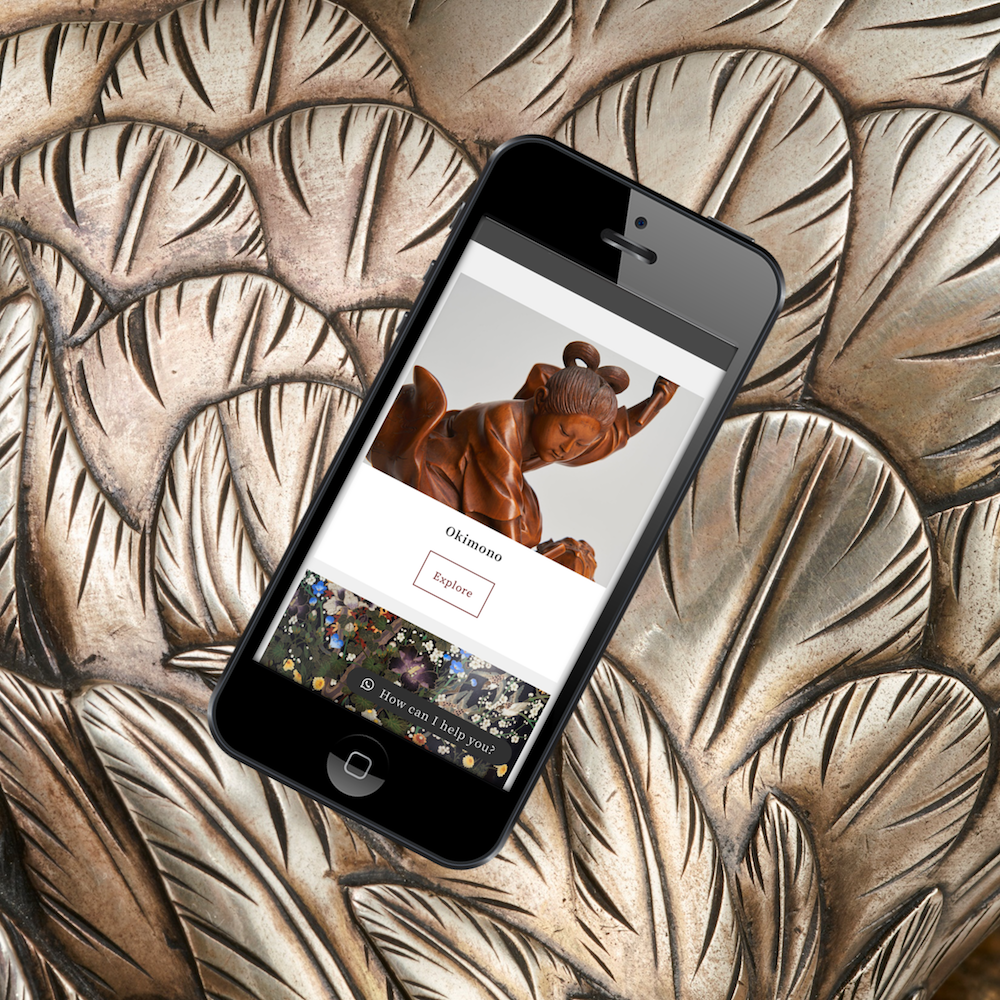
For Kevin, a lifesaver during the pandemic has been the business’s online presence, which means that “anybody in the world can find us”. A new website launched in 2020 boasts a wealth of filters, allowing searches by date, country of origin, size, style, age, material, colour and price. Interactive photographs enable users to zoom into those aforementioned, all-important details. The site includes a private ‘room’, where highly valued customers can access particularly desirable pieces and get a sneak preview of new items. Valuations and appraisals are offered without charge, although customers are asked to make a donation to the WWF (a popular feature on the website) in lieu of any fee. Another development has been the launch of a quarterly newsletter, featuring articles that shed more light on selected pieces.
Encapsulating the ethos of the shop is its new logo – a memorable Hokusai-like wave that morphs into a Chinese dragon’s claw. It could even be read as beckoning customers into the shop’s galleries where they can survey the plethora of rare, fascinating artefacts showcased inside.
Effect Magazine is brought to you by Effetto



